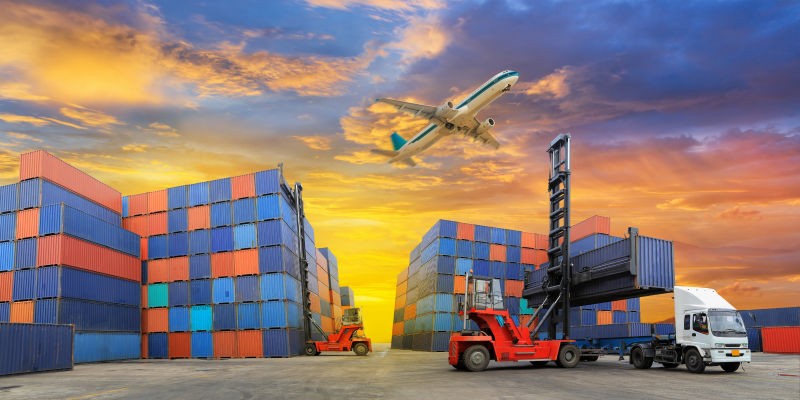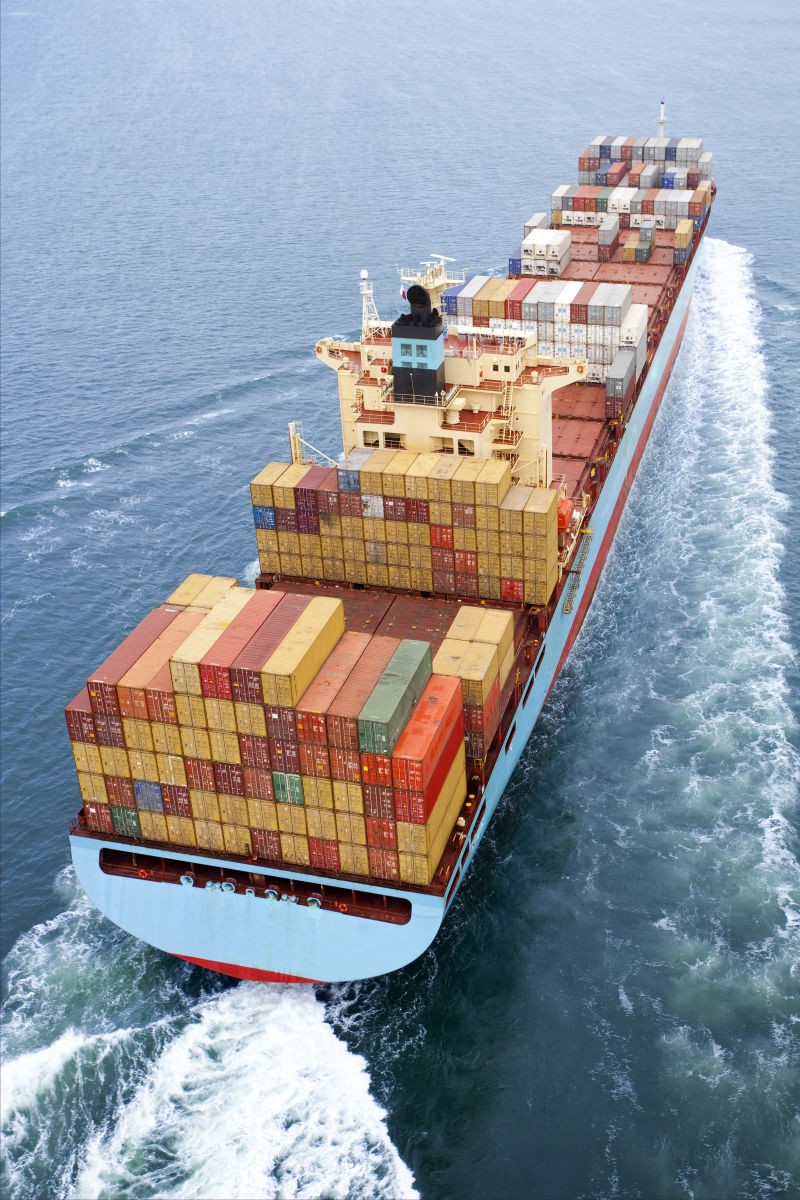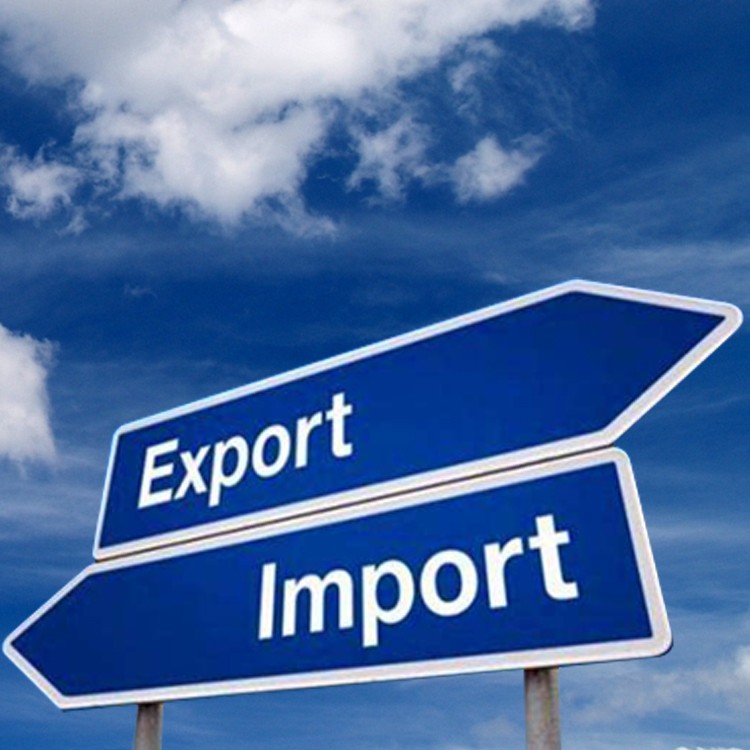The customs declaration process for foreign trade mainly includes the following stages:
I. Pre – declaration Preparation
Prepare necessary documents and certificates:
Commercial invoice
Packing list
Bill of lading or transport documents
Insurance policy
Certificate of origin
Trade contract
Import license and other special certificates (if required)
Confirm the regulatory requirements of the destination country:
Understand tariffs and import restrictions.
Ensure that the goods comply with the destination country’s technical standards and regulations.
Confirm whether there are any special labeling, packaging, or other requirements.
Check the classification and coding of the goods:
Correctly classify the goods according to the destination country’s customs coding system.
Ensure that the product description is clear and accurate.
Verify the goods information:
Confirm that the product name, specifications, quantity, weight, and packaging information are correct.
Obtain an export license (if required):
Apply for an export license for specific goods.
Determine transportation details:
Choose the mode of transportation and arrange the shipping or flight schedule.
Contact a customs broker or freight forwarder:
Select a reliable partner and clarify the customs declaration requirements and time schedule.
II. Declaration
Prepare documents and certificates:
Ensure that the export contract, commercial invoice, packing list, transport documents, export license (if required), and other documents are complete.
Pre – enter the declaration form:
Log in to the Electronic Port System, fill in the declaration form content, and upload relevant documents.
Submit the declaration form:
Submit the declaration form and supporting documents to the customs authorities, paying attention to the time limit.
Coordinate with customs inspection (if required):
Provide the site and support as required by the customs authorities.
Pay duties and taxes:
Pay the customs – assessed duties and other taxes within the prescribed time limit.
III. Customs Review and Release
Customs review:
The customs authorities will review the declaration form, including document review, cargo inspection, and classification review. They will focus on the authenticity, accuracy, and compliance of the declaration form information and supporting documents.
Release procedures:
After the review is passed, the enterprise pays the duties and taxes and collects the release documents.
Cargo release:
The goods are loaded and depart from the customs – controlled area.
Exception handling:
If there are any inspection exceptions, the enterprise needs to cooperate with the customs authorities to analyze the cause of the problem and take measures to resolve it.
IV. Follow – up Work
Refund and verification (for exports):
After the goods are exported and the shipping company transmits the export manifest data to the customs authorities, the customs authorities will close the data. The customs broker will then go to the customs authorities to print the refund and verification form.
Cargo tracking and transportation coordination:
Cooperate with the freight company to track the real – time location and status of the goods to ensure that they arrive at the destination on time.
Post time: Apr-28-2025







